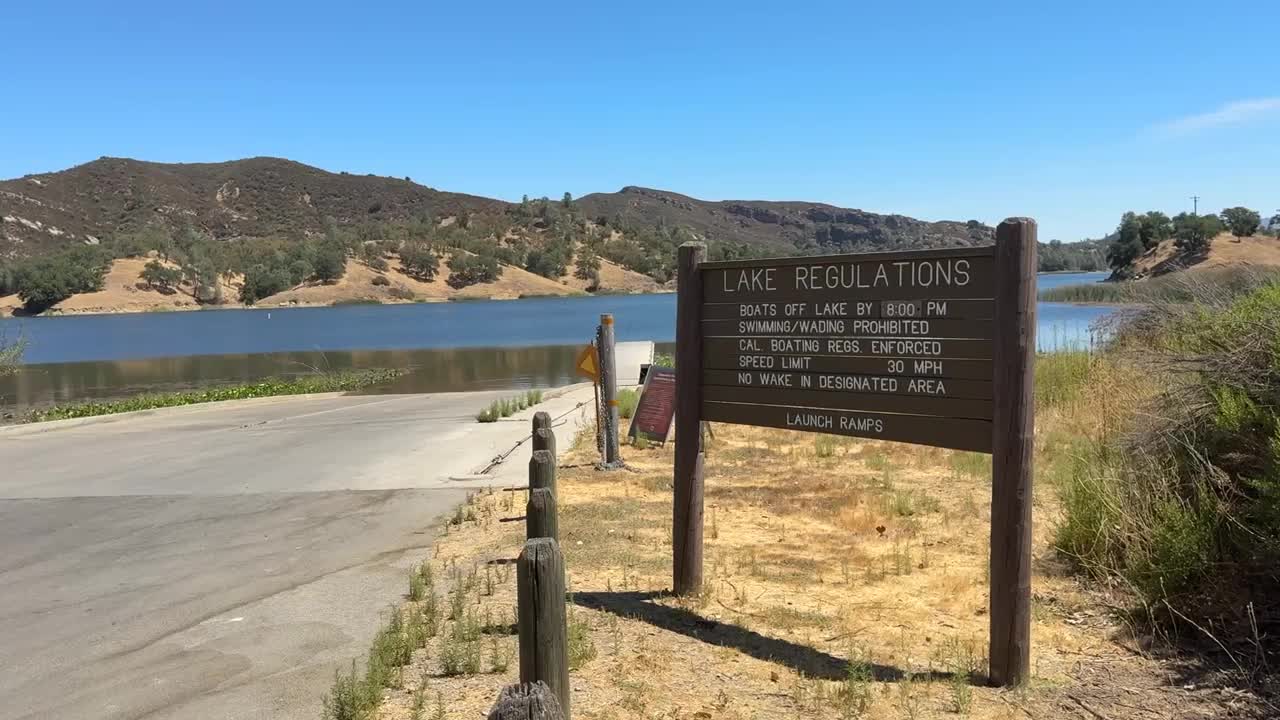Locals say they’ve seen Gifford Fire crews all around town since the Santa Margarita base camp opened two weeks ago.
“A lot of helicopters, a lot of the water planes have been stored over there and literally flying every day when the fire was going," said Santa Margarita resident Mia Lemer.
With the Gifford Fire nearing full containment, evacuations are lifting, and local lakes are reopening.
Gifford Fire Public Information Officer Adam Kay says that the use of Santa Margarita and Lopez Lakes was a game-changer when it came to filling helicopters and fire engines.
“They were one of the key factors in being able to get this fire out,” Kay said.
Even as more containment lines are placed, the lakes are still serving as active dipping sites for helicopters due to their close proximity to the fire area.
“It would be about a 5 to 6 minute turnaround for some of the helicopters on the northern end of the fire when working out of Santa Margarita Lake. That is irreplaceable. When you're on a fire line, having air support at all times is something that we very greatly appreciate and need as ground resources,” Kay explained.
He says the helicopters used for the Gifford Fire can hold up to 700 gallons of water at a time and are capable of making up to 40 trips in one hour.
Kay's fire engine holds 50 gallons and fills up in just a few minutes. "[It] has a hard-bodied hose attached to this vehicle that goes directly into the water," he explained. "It has this screen to make sure there's no aquatic species or rocks going into the pump when it's getting water out of a source."
He says our local lakes are ideal for battling the flames, since engines like his can get close to the water via boat ramps.
"And for dip sites, obviously, the larger area the helicopter has to maneuver, the better it is for safety and efficiency," Kay said.
Firefighters also take into consideration water supply and ecosystems.
"We're going to be consulting our resource advisors in order to get it from the most efficient yet environmentally stable place that we can," Kay explained. "There is no situation where we want to be depleting a water source or harming the environment."





